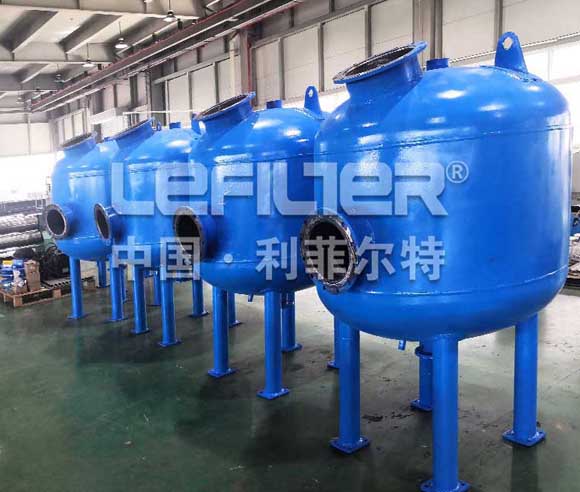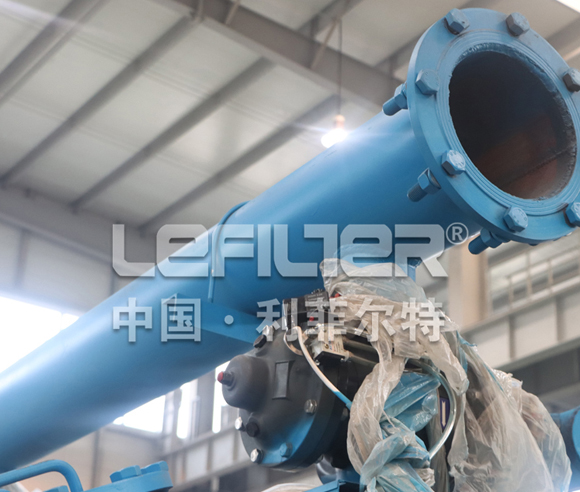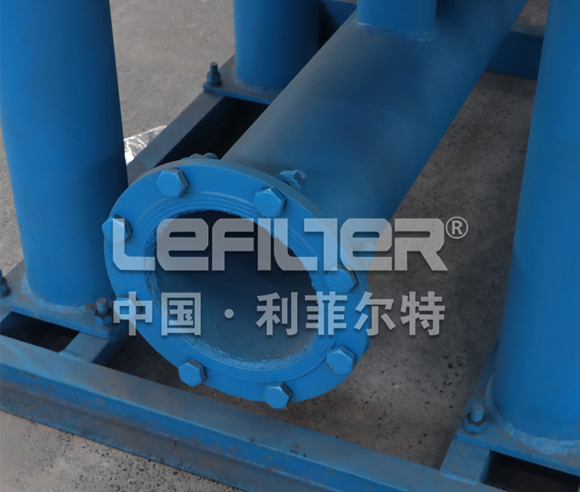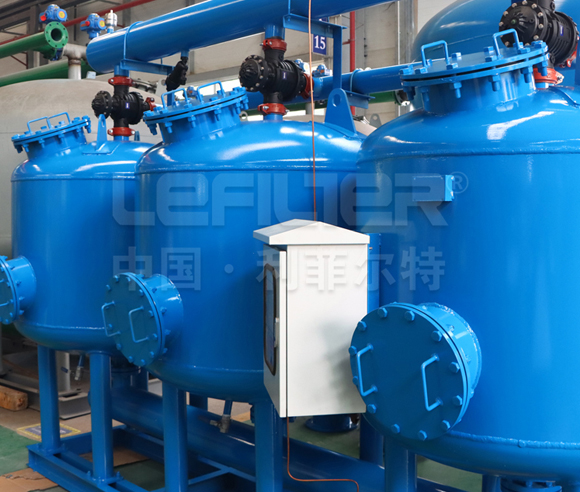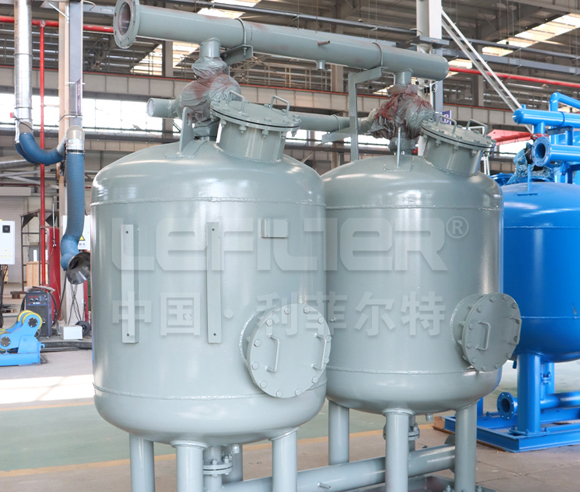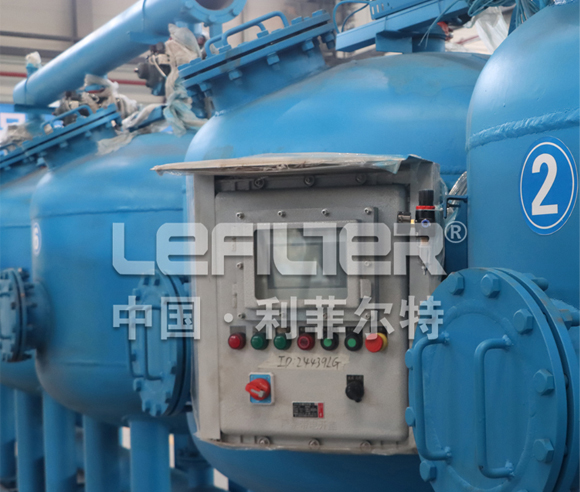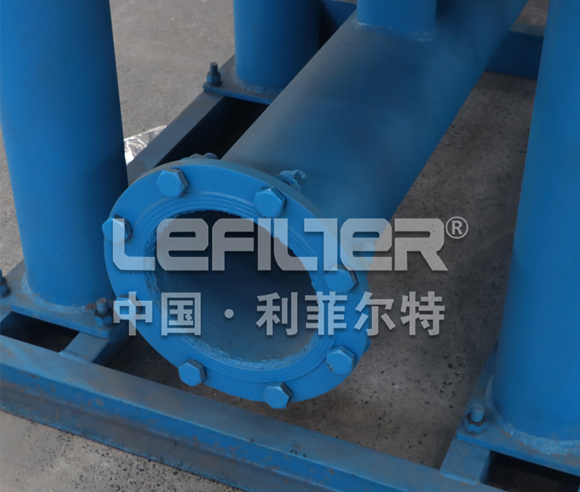Product Introduction: Multimedia Water Filter Systems
In the intricate world of water purification, multimedia water filter systems have ascended as the paragon of excellence. Through their robust multi-layered design, these systems promise an advanced level of filtration, effectively tackling a broad spectrum of contaminants. Let's introduce you to this marvel in water treatment technology that is redefining the standards for clean water.

Technical Parameters


Application Scenarios: Multimedia Water Filter Systems
The remarkable versatility of multimedia water filter systems has paved the way for their widespread application. From municipal water treatment plants that ensure safe drinking water for cities to industrial facilities that require pure water for their operations, these systems are becoming increasingly indispensable. Hotels, hospitals, and even residential complexes are now utilizing these filter systems to uphold water quality standards, underlining the diverse application scenarios for these comprehensive filtration units.

Product Advantages: Multimedia Water Filter Systems
The multifaceted advantages of multimedia water filter systems contribute to their growing popularity. The unique multi media filter layers work in synergy to remove contaminants of varying sizes, resulting in highly purified water. The robust build quality ensures longevity, making these systems a worthwhile investment. Besides, their efficiency is noteworthy – a larger filtration area implies reduced backwashing frequency, thereby conserving both energy and water. These systems also provide a valuable advantage in terms of adaptability; their design allows for customization according to the specific water quality needs of different locales.

Working Principles of Multimedia Water Filter Systems
The working principles of multimedia water filter systems are founded on the concept of graded filtration. As water permeates through the filter, it is sequentially treated by different media layers. The uppermost layer, with its larger granules, intercepts the larger contaminants. As the water flows down, the progressively finer media in the subsequent layers trap smaller particles. This systematic separation process results in thorough filtration, leaving behind water that is significantly free of impurities.

The Future of Multimedia Water Filter Systems
Looking ahead, the future of multimedia water filter systems seems bright and promising. The potential for integrating these systems with smart technologies like IoT and AI is immense. For instance, IoT-enabled systems could allow for real-time monitoring and control of filtration performance, while AI could help predict and schedule maintenance, thereby maximizing efficiency and lifespan.
Furthermore, as sustainability becomes a pivotal concern, future designs could focus on eco-friendly materials for filter media, energy-efficient operation, and less water wastage. With these innovations, the potential of multimedia water filter systems is poised to reach new heights, making them a mainstay in water treatment for generations to come.

Conclusion
In conclusion, multimedia water filter systems, with their layered efficiency and far-reaching applications, are truly transformative in the realm of water purification. They represent a blend of innovation and efficiency that resonates with the needs of our time, promising a future where access to clean water is no longer a luxury, but a standard.

FAQ
Q: When do I need a multimedia filter?
A: Multimedia filters are recommended when the SDI is 3 or higher or the turbidity is over 0.2 NTU to reduce the risk of Reverse Osmosis (RO) membranes fouling from unwanted substances.
Q: How to choose a multimedia filter?
A: Factors to consider when choosing a multimedia filter include the maximum required flow rate, whether the suspended solids or turbidity are colloidal or non-colloidal, the analysis of the water, the quality of water you need to achieve, and whether there is enough water available for backwashing.







